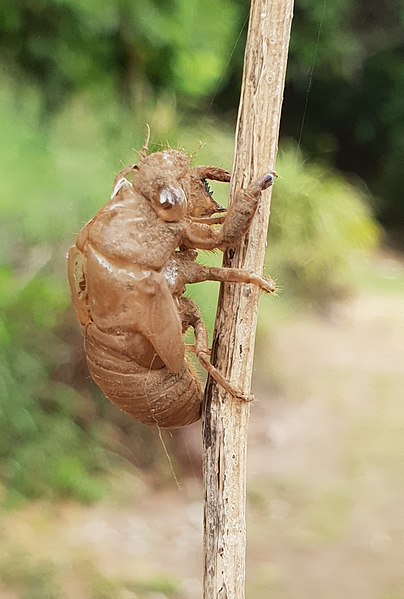Most of us do, but there are those who flaunt theirs:

photo by Alex Barabas
There are good things about having an outside skeleton - an exoskeleton. If you decide you want to change shape, for instance, you can take if off like an old jacket and walk away a new creature:

discarded exoskeleton of some huge insect. Brrr! Photo by Ghazi
An exoskeleton also makes a good protection from the weather and predators. And they sometimes shines beautifully:

Slovenian beetle. Photo by Tiia Monto
But there are disadvantages to having an exoskeleton, too: skeletons are heavy, and there's a limit to how much muscle you can get inside one that's hollow. This means there are no three metre grasshoppers out there.
But even so, an exoskeleton does very well for a host of cockroaches, crabs, snails, mussels, and many other creatures.
But the cleverest arrangement?
Well, how about a tortoise, which has both an inside (endo-) and an exoskeleton?

photo by N A Naseer https://en.wikipedia.org/wiki/N._A._Naseer
Clever animals, tortoises. I mean, I've never heard of anyone eating a tortoise.
And that's even though they come with their own pie dish.
Spot the Frippet: an exoskeleton. Exō is the Greek for outside. Skeleton in Greek means something dried out, from skellein, to dry up.
No comments:
Post a Comment
All comments are very welcome, but please make them suitable for The Word Den's family audience.